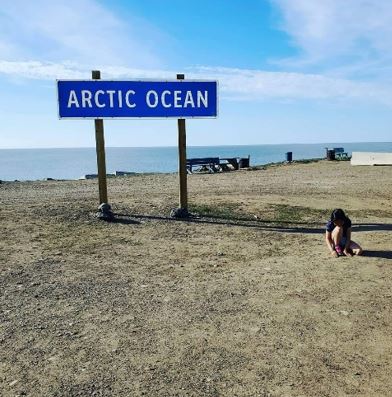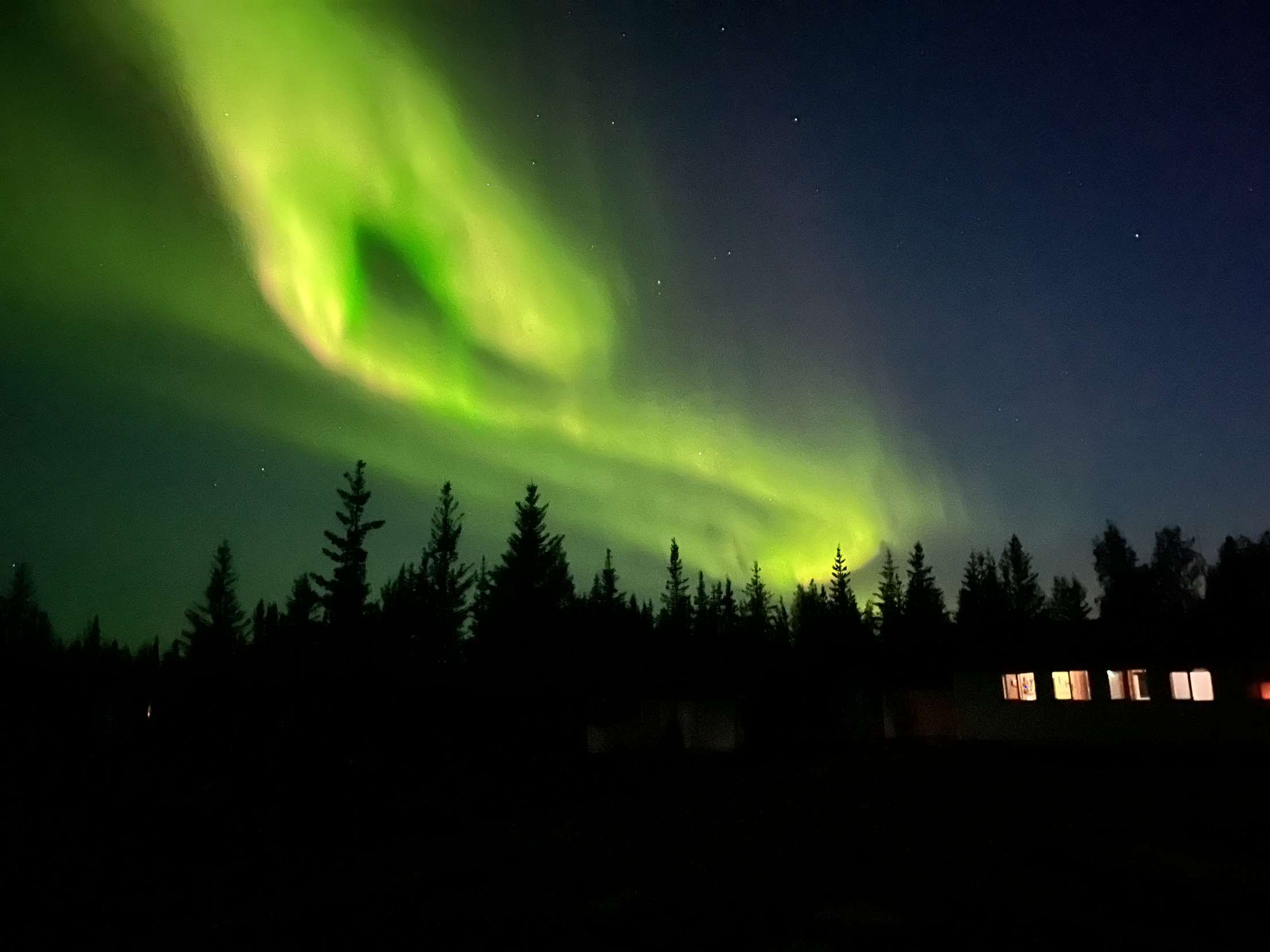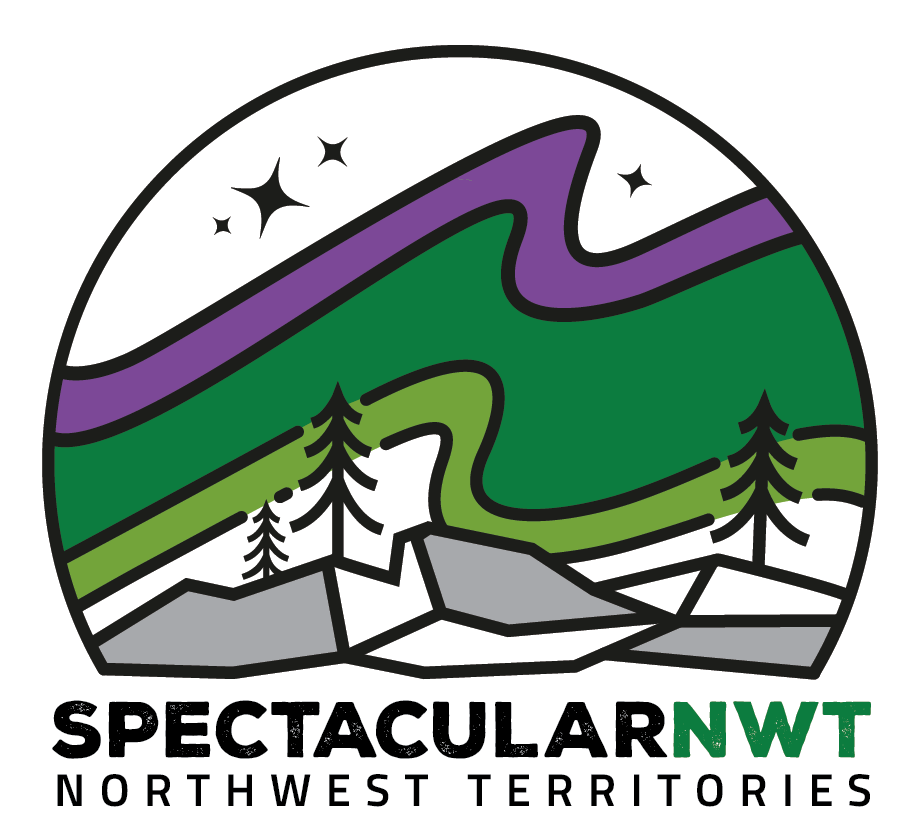It’s about the oddest landform you’ll ever see – a frozen eruption, bursting in slow-motion from the tundra.
For eons they have risen like sentinels. Viewpoints. Landmarks. Ecosystems. Attractions. Looming stoically over the polar sea.
Here’s why the pingos of the Northwest Territories will put you on top of the world.















































































